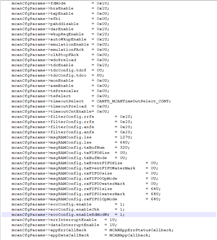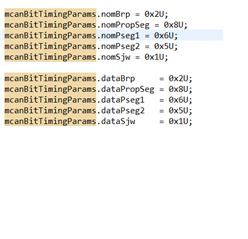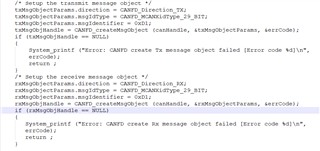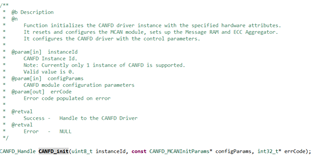Tool/software:
Hi,
I am using IWR6843 RADAR. I am using "long range people detection" labs firmware. In this firmware there is no CAN implementation. But with the help of reference below, I have integrated the CAN firmware in LRPD
I am getting data over CAN properly. But if I connect multiple RADARs on CAN bus then I get the data from only on RADAR over CAN. Also, I have observed that if I power off and on both the RADARs simultaneously then I can get the data from the one which is powered ON first. Are there any firmware changes do I need to do to get data from both the RADARs over CAN?
Thanks,
Manoj





